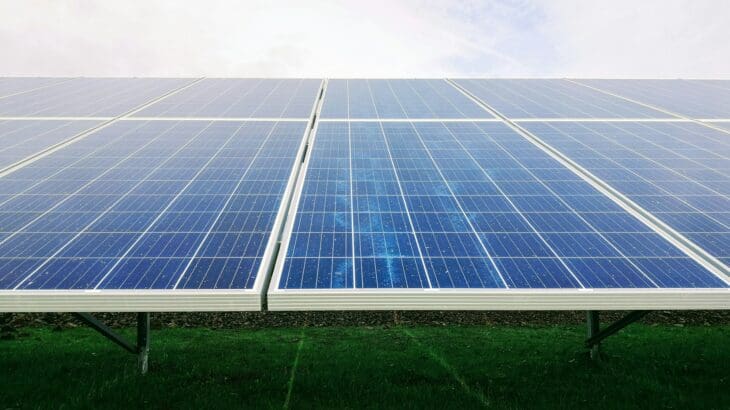The Dominican Republic is one of the Caribbean’s hottest clean energy markets. After years of slow growth, the utility-scale market is in an upswing, with successful financing and construction for a number of high profile wind and solar projects. The C&I market is taking off, too. The nationally mandated goal of 25% clean energy by 2020 is within reach, or so it seems.
While these are positive movements, challenges remain. The grid needs modernizing and the regulatory regime needs – according to many – to be tightened and clarified. Ahead of DR-GRID, we talked with experts from the public and private sector to learn more about the market, and what we can expect moving forward.
New Energy Events: As you look at the DR, what excites you most about the future of the grid and the energy market?
Alfonso Rodriguez, General Manager, Soventix Caribbean SRL: The DR is a country with excellent wind and solar resources, a solid tourism economy and a growing industrial sector. There’s a real opportunity to help the country become more carbon independent while also driving the competitiveness of the DR. Additionally, new technologies will play a key role in the modernization of the grid, increasing its resiliency and lowering the existing cost.
Gil Sandro Gomez Santos, Operation Assurance Coordinator, La Empresa de Transmisión Eléctrica Dominicana (ETED): The economy in the Dominican Republic is currently very strong. We see electricity demand increasing every year. These two factors combined will continue to drive growth.
Yves Ferreira, Regional Representative for the Caribbean, European Investment Bank (EIB): Overall, there is a conducive environment for clean energy development. A few areas of note include the regulatory framework, appropriate market size to attract sponsors of quality and most up to date technologies, and funding.
NEE: What do you believe are the biggest hurdles to the development of the clean energy market in the DR?
ETED: The biggest issue is that the DR must step back and define who has responsibility for planning the electric power system. One way to ease the investment in clean energy would be to create a one-stop-shop, which would solve many of the problems for investment.
SOVENTIX: Initially, the biggest hurdle when the renewable energy law was released in 2007, was that people were not confident about the use of renewable energy technologies. Neither potential end-users, banks nor executives from the public administration.
EIB: Currently, there is an issue with the quality of the off-taker, due to the structural problems in the distribution sector. Thus PPAs are not always bankable.
NEE: Is the regulatory regime sufficiently robust to support increased investment in DG and utility-scale projects?
ETED: Truthfully, the regulatory regime needs to see some changes if the authorities want to increase investment in DG and utility-scale projects.
SOVENTIX: The legal framework has historically provided enough support to allow the development of healthy private initiatives in the traditional energy sector i.e. fossil fuels. With renewable energy the situation is no different and many foreign and local investors have already dived in, promoting utility-scale wind and PV power plants as IPPs or established EPC companies that build turnkey solutions for self-consumption for industrial customers. So whatever the shortcomings of the regulatory environment, they’re not slowing down investment.
EIB: Improvements are always possible. Overall, the regulatory regime can be considered robust.
NEE: How effective are efforts to modernize the grid?
ETED: The ETED has defined a plan to modernize the grid. We believe the plan will be effective.
SOVENTIX: The Dominican Republic still needs to define a clear strategy that unifies the actual condition of the grid with long term objectives. A shift in the discussion needs to occur – from ‘are 25% renewables are possible’ to ‘how a different type of grid can promote a more competitive industry’. Today the DR grid is still radial, not very resilient to severe weather conditions. If the DR grid could become a mesh type of grid, we could be discussing 50% renewables penetration or higher.
EIB: ETED is doing its best but the magnitude of the investments required can raise implementation bottlenecks. This needs to be addressed.
NEE: Do you believe the country will hit its renewable energy target of 25% by 2020?
ETED: The government is hard at work to achieve the target, and I believe the country will meet it.
SOVENTIX: The government has invested considerable effort to increase renewable energy, and I believe that Dominican Republic will be able to reach this objective by 2021 or 2022. I’m also certain that the Dominican Republic will continue its efforts to increase the renewable energy mix to 30-35% before 2025.
EIB: It should not be far from achieving its target.
Hear more from these experts at the Dominican Republic Grid Investment Forum, taking place in Santo Domingo on December 4.


